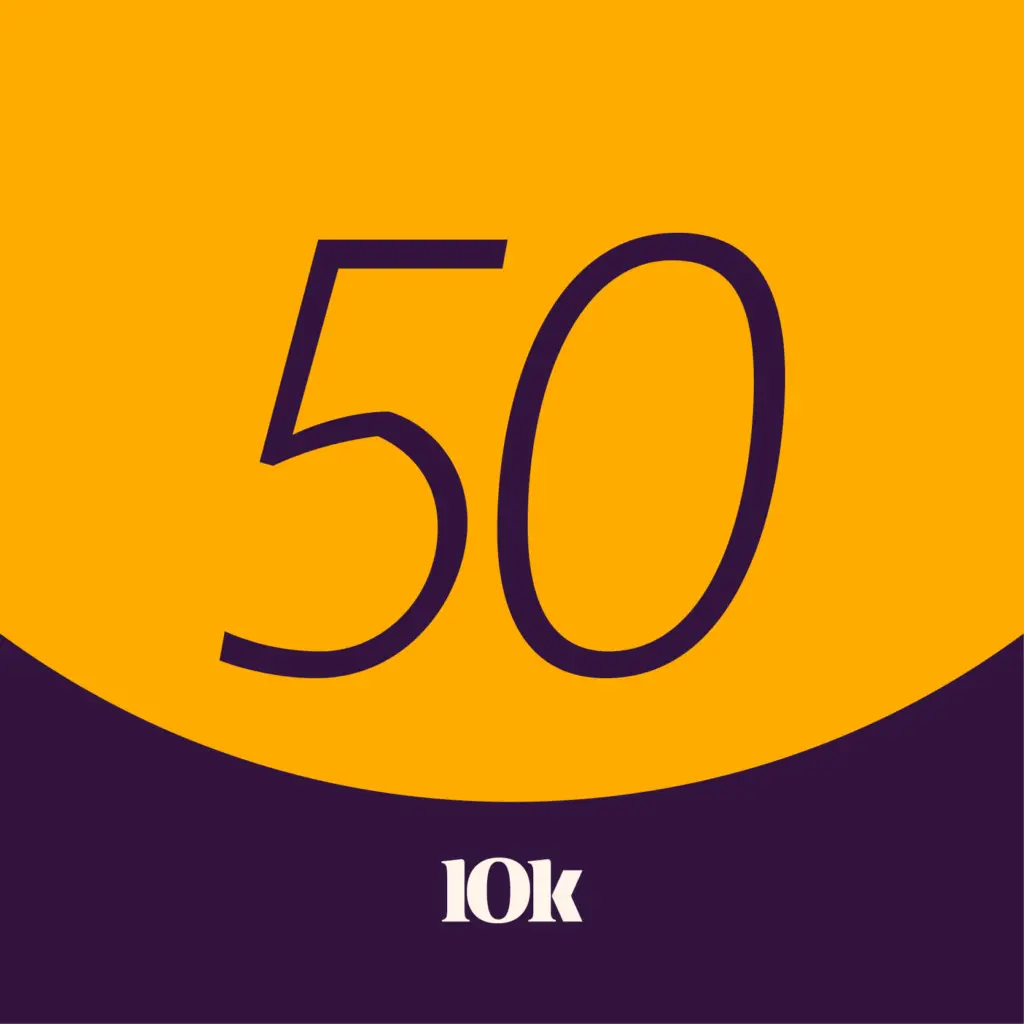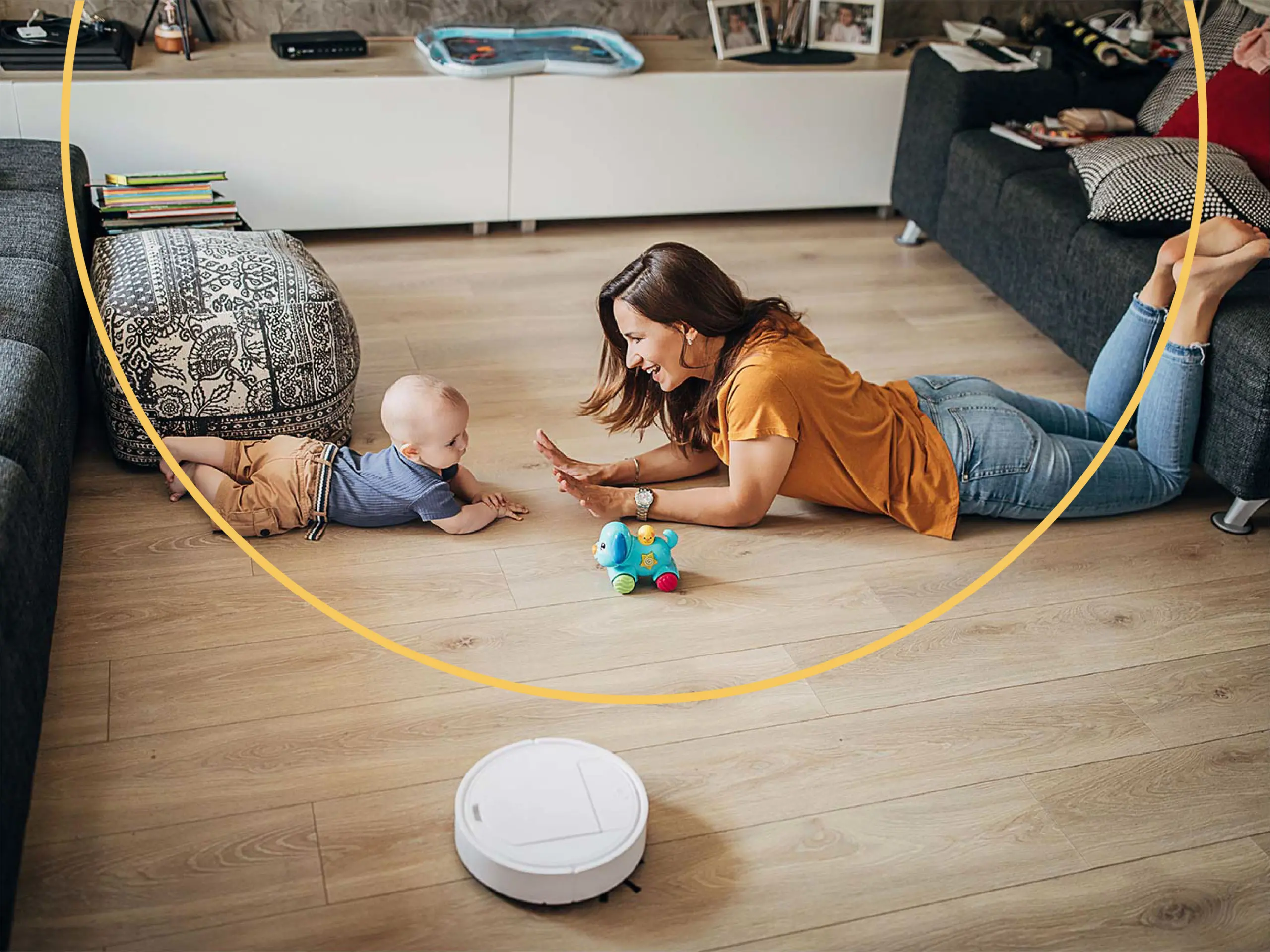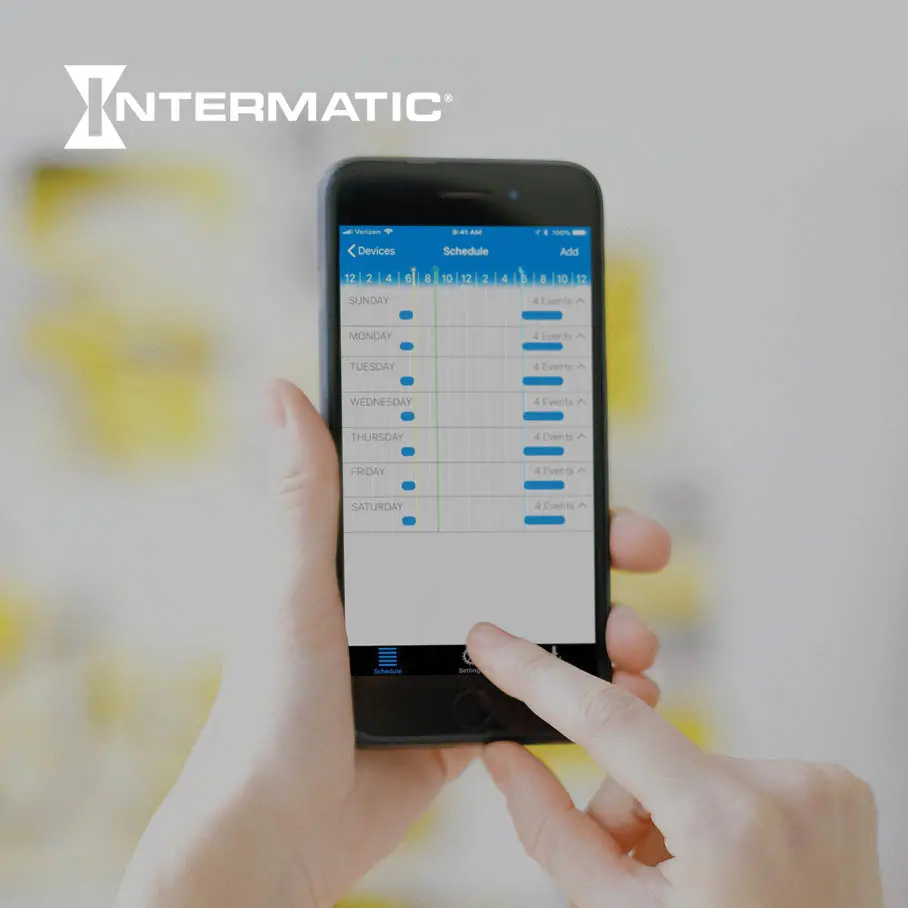People are strange. Like almost everyone, I’m guilty of being lazy from time to time. I come up with excuses to avoid exercising—I had a busy weekend, the drive home was stressful because of traffic, the universe is against me because a doorknob hooked my headphones and ripped them out of my ears. I know I should go be active for a bit (my fitness watch and its app tell me as much), but sometimes I just don’t.
I recently spoke with Jim VanderMey, Vervint’s Chief Innovation Officer, about all the current hype around technology and how it will change people’s lives, especially when it comes to our health. Gamification, wearables, IoT, and a wide variety of other buzzwords came up, and he mentioned something poignant in passing, which he has a tendency to do: people aren’t motivated by a heart attack, so why do we think tech is going to work?
He’s right, of course. In a study of over 7,500 heart-attack patients, only 4.3% of them improved their habits in three major areas: smoking cessation, healthy eating, and physical exercise. Over 25% of men (and 7% of women) made no lifestyle changes whatsoever after a cardiac event. So, if life or death is literally on the line and people don’t change, why do we persist in believing that technology is the answer?
For example, the data on fitness trackers is still fairly murky. Approximately 30% of people abandon fitness tracker use within a year due to boredom or device failure. Finkelstein et al. discovered that using fitness trackers showed “no evidence of improvements in health outcomes, either with or without incentives.” And at least one study has found that using a fitness tracker actually decreases the amount of weight people lose compared to standard interventions.
So, is this tech really helping people? Or is it just creating more notifications and distractions? Could the tech be improved to help both the companies who make it and the consumers who use it?
And could some of these questions be answered before innovating, designing, and developing a minimum viable product (MVP)?
Look Before You Leap Into Smart Product Development
When most of us think about innovation, we understand it to be serendipitous. Alexander Fleming forgets to clean his lab and discovers penicillin. Spencer Silver accidentally creates a less sticky adhesive, and his colleague Art Fry comes up with a use for it six years later: the Post-it note. A spring falls off a table and Richard James creates the Slinky.
But innovation, especially at the enterprise level, is work. And the landscape of innovation has changed significantly. Traditionally, companies have been able to successfully leverage product optimizations as innovation. By making a product bigger, faster, stronger, etc., brands have been able to maintain or increase sales, find new efficiencies in their production process, and make other optimizations to increase profits without having to re-imagine their core competencies, team structure, and business model.
Today, successful innovation centers on experience. Consumer expectations have shifted drastically with always-connected devices and apps, personalized messaging and recommendations across platforms, online shopping offering one-day (or even one-hour) delivery, and much more.
To adapt and compete, forward-thinking organizations are investing heavily in digital transformation and change management. These capabilities enable businesses to go beyond simply reacting to consumer trends. Instead, they can actively manage unknowns and accelerate innovation, especially in the connected product space.
With the right strategies and tools, businesses can gather consumer insights, make smart investments in product development, and get their products to market faster.

Episode 50: The Human Side of IoT
In this episode, you’ll hear from Jen Nowlin, Connected Products Business Line Leader and Lisa Helminiak, Design Principal, talking about the human side of IoT.
Leveraging Research for Successful Product Development
Creating a new product feels like it should focus on building. You have an idea; then you build it. But the most important steps for successful connected product design involve research and planning. That should include both quantitative and qualitative research to identify what consumer needs exist in the market and if your product can truly address them.
The critical need for research and planning seems obvious. Depending on which research you review, between 70% and 95% of new products fail in their first year. Similarly, less than 0.01% of apps are financially successful. But why? It’s difficult to imagine that tens of thousands of innovators and product developers are just winging it. So the answer must lie somewhere in the process.
Most teams realize that an effective development process should be iterative and experimental. And every development iteration should strive to accomplish any or all of the following objectives:
- Uncover new assumptions and information that threaten the viability of your innovation or increase the negative impact if your concept is not viable.
- Test your riskiest assumptions to determine how (or if) development should move forward.
- Deliver an objective assessment of an innovation’s desirability, feasibility, and viability.
To accomplish these goals, three mission-critical strategies should be utilized before, during, and after the development process.

Building a Smart Device? You Need to Make the Shift From Products to Platforms
Alignment
When it comes to innovation, the earlier you can involve more people (especially across teams), the more successful you will be. Too often, an idea is incubated among a very small group, and others are not brought in until development is well underway.
This creates two problems from the outset of your project. First, you miss out on getting early buy-in (and support) for an idea across your organization. Second, you miss out on diverse perspectives from a variety of experts at your company. Marketing and sales may have critical insights into your target audience. Legal can help everyone understand issues related to trademarks, privacy, liability, and other concerns.
Ironically, many teams want to remain siloed during the early stages of innovation. They want to avoid critiques of their ideas before they’ve had a chance to start building prototypes.
But that approach is short-sighted and counterproductive. Voices from across the department aisle can help shine a light on your riskiest assumptions, provide crucial context for your work, improve your ideas, and generate new innovations. Of course, they may also be able to point out a fundamental flaw in your idea, which is also an ideal outcome of involving more stakeholders early in the process. This allows your team to focus on solving a critical challenge—or to shift budgets and resources to a different product or service.
Market Research
Unfortunately, no one is out there announcing precisely what new products are needed in a market. Market research is crucial for gaining a thorough understanding of the market space in which a new product or service will be sold and used. With market research, your team can uncover connections between characteristics (and needs) within the marketplace and new product development opportunities.
Whether exploratory or specific, market research is a valuable tool that can help your team in myriad ways. For example, it can be used to:
- Gain an understanding of real-world customer behavior—and if it contrasts with self-reported behavior.
- Develop personas for target audience segments.
- Identify challenges people experience utilizing related products and services.
- Determine if potential end users’ requirements are not being met—and what those requirements are.
- Assess how clear the purpose and benefits of your innovation are to different segments of the population.
- Establish purchasing likelihood among your target end users.
- Build an understanding of direct and indirect competitors.
Market research is crucial early in the innovation process, but it can also play an important role in future product updates, features, etc.
A Quick Case Study in Product Research
One of our clients sells a connected product that regularly requires new material, and they wanted to add replenishment functionality to a consumer-facing application. The product already notified users when the material was low (via the app). The company already knew there was a need for regular replenishment among their consumers. So they wanted to add a simple feature: a button that would allow users to one-click order from the app, which would automatically place that order for fulfillment. Unfortunately, the app was not integrated into their ordering and fulfillment infrastructure. To make that button work, it would have required a mammoth investment in development. At that time, they didn’t know if people would actually use that feature if it existed—or if they would prefer some other solution.
So, we proposed a much less expensive usability test before moving forward. We built functionality that would allow users to interact with the button just like the client envisioned. But it would generate an email with order details that got sent to an intern at the company who would place the order. This provided consumers with an enhanced experience identical to our client’s idea. And it provided our client with actionable user data related to the desirability and viability of their innovation—before moving forward with huge investments in the IT infrastructure needed to support that new functionality.
Distinguishing Between Consumer Wants and Needs
The one-click order scenario could have gone in a lot of different directions. Our client listened to consumers’ expressed wants: a way to minimize product downtime. They evaluated many options: new product designs to increase the capacity for material, larger material containers, etc. Through research, they narrowed that field down to one idea: a replenishment service. That solution could have taken a wide variety of forms: a subscription model, warnings and notifications, more aggressive sales follow-up, etc. We helped our client discover and validate an idea that consumers truly needed: a simple way to order new material precisely when they needed it.
The disconnect between expressed needs (ones that consumers tell you about) and latent needs (ones that consumers are unaware of) is often nuanced in this way. And that subtlety can be a major issue that affects the success of a product.
In the case of fitness trackers, their sluggish consumer adoption was in part fueled by a misunderstanding about consumer wants and needs. People didn’t simply want to track their fitness; they wanted to improve it. That meant going beyond providing data and, instead, delivering personalized insights.
Today, activity goals are significantly more customizable, and some devices dynamically update your goals each day based on your prior activity. Just the other day, I got a notification from my app that told me I tend to be less active on Tuesdays. (And it gave me suggestions to break the trend.) Even with lots of granular data, having a fitness tracker doesn’t significantly change how much people know about how active they are. With attainable goals, awards, personalized suggestions, social connectivity, and a wide variety of other features, fitness tech is starting to help people become more fit rather than just telling them about their fitness.
Whether I get off the couch is ultimately up to me, but I can confidently say my watch has helped me understand when I need to get moving, how much I need to be active, and some of the best options for achieving my fitness goals. It has managed to remove all of my excuses for not being successful.
Can your product do the same?
Your Strategic Partner for Fast, Smart Product Design and Development
From research to design to data analytics, our experts at Vervint can help you create meaningful experiences for consumers that will distinguish you from competitors and inspire future innovation. To get started, contact us.


